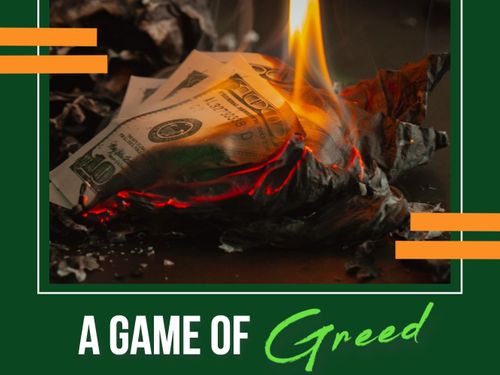How leveraged buyouts defined 1980s excess
Sep 29, 2021 · 4 mins read
0
Share

A tax loophole on steroids
The “yuppie” heyday of the 1980s is perfectly reflected in the fate of Ross Johnson, CEO of a company called RJR Nabisco. But the story runs far deeper than the fate of one man. It’s a tale of how a straightforward business practice became a vehicle for greed.
Save
Share
The Leveraged Buyout (LBO) was devised as a way to avoid estate taxes. In the late ’60s, enterprising lawyers needed a way to help wealthy clients pass their companies on before retirement – without spending a fortune in taxes, relinquishing control, or being forced to go public.
Save
Share
A lawyer named Jerry Kohlberg came up with a crafty alternative. First, your legal team would start a shell company and get investors to buy your business out using borrowed funds. You’d get to keep your stake and the buyers got a discount purchase.
Save
Share
These buyouts were mostly funded by bank loans and insurance bonds, as debt had a lower cost of capital than equity. This “financial leverage” allowed investors to only pay around 10% of the total amount. Sounds too good to be true? Well, it’s about to get trickier…
Save
Share
Part of the debt incurred in an LBO is secured by the assets of the acquired business. The cash flows of this target company would then be used to service the debt incurred in its buyout – effectively paying for itself.
Save
Share
Crucially, the financial leverage of a company became directly proportional to the amount of debt financing being used. That leverage enhanced returns as prices rose and curbed them as prices fell. To understand how, let’s look at a business sale that became legendary.
Save
Share
In 1982, a card company called Gibson Greetings was bought out with a debt-to-equity ratio of about 80-to-1, i.e. the sale price was $80m and the investors only put in $1m of their own money. The company went public and was resold for $290m in less than two years.
Save
Share
This meant that the investors’ $1m of equity soared in value to $210m once all the loans had been accounted for. It also meant that one individual investor who’d put in $330,000 of his own money saw a return of $66m from the sale.
Save
Share
LBOs became so popular that they increased 10-fold between 1979 and 1983. Investors saw it as an attractive money-spinner for two main reasons: 1) Interest tax was deductible, making debt less of a problem 2) High-yield (or “junk”) bonds made it easy to raise big money quickly.
Save
Share
The upside seemed pretty clear: a rapid-fire LBO could make a company leaner while increasing its value. But it also meant playing fire with bankruptcy and toying with people’s jobs. This is where we get to the story of how Ross Johnson became the poster boy of buyout mania.
Save
Share
0